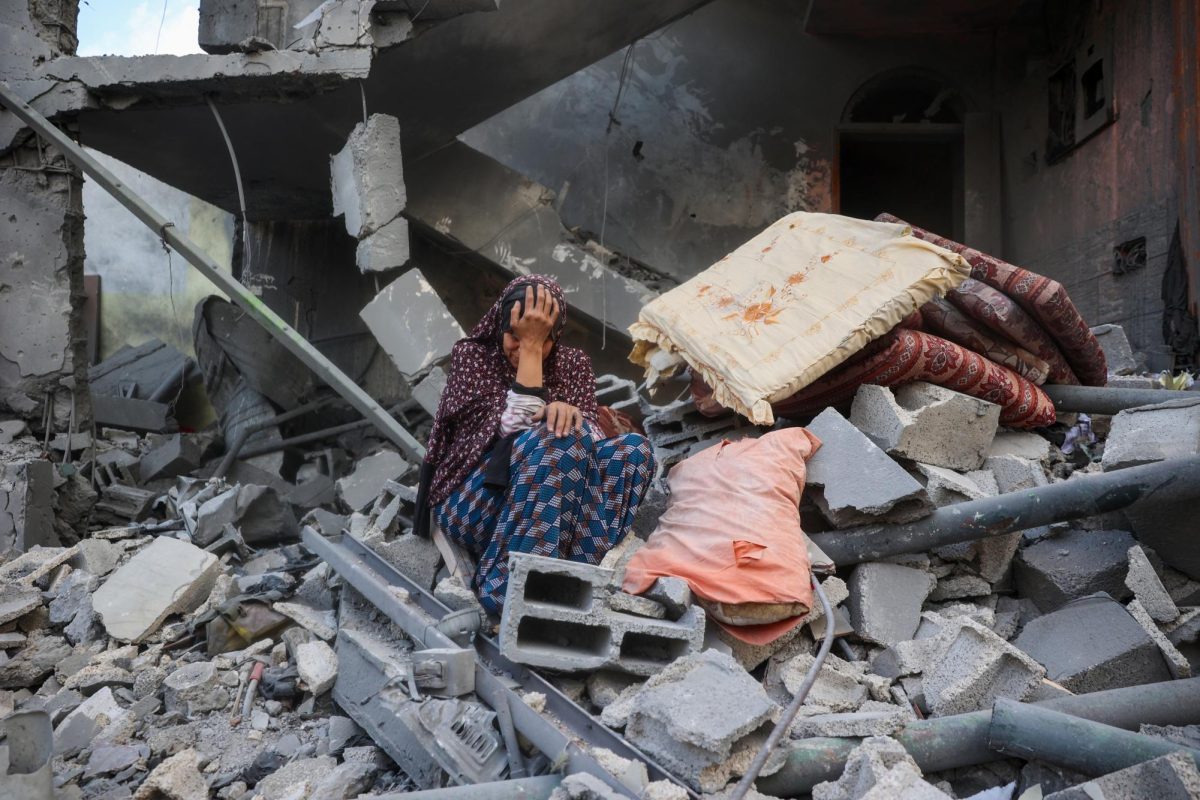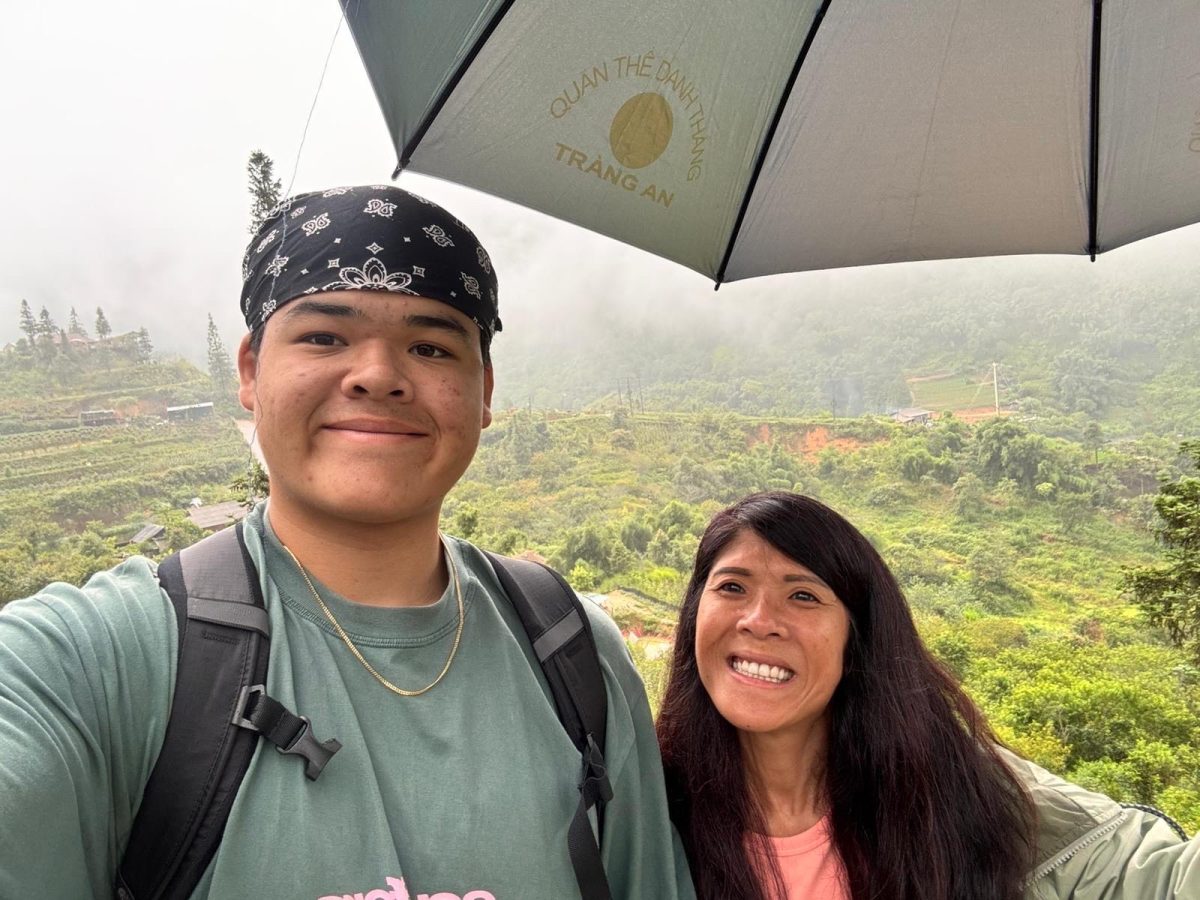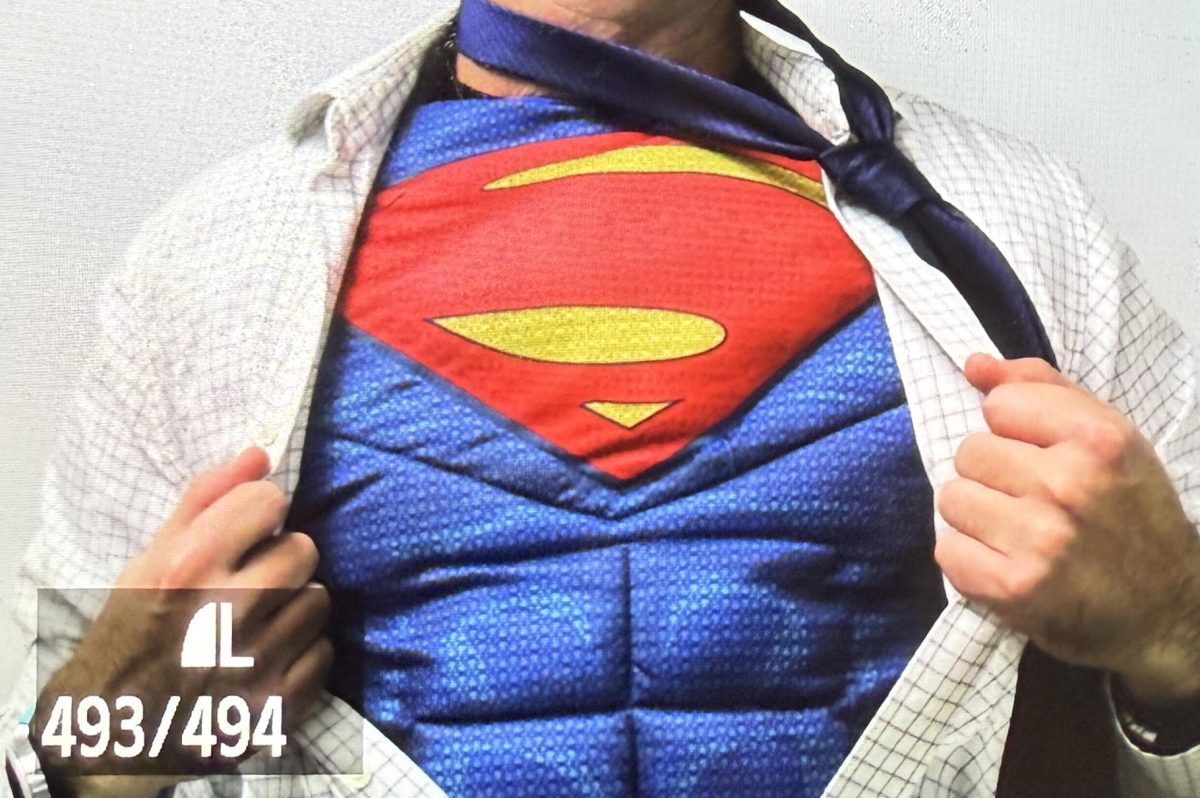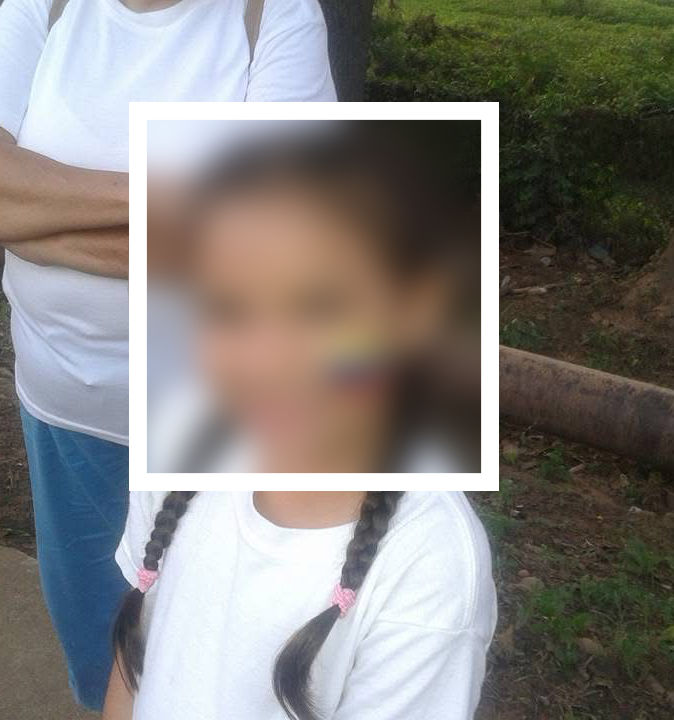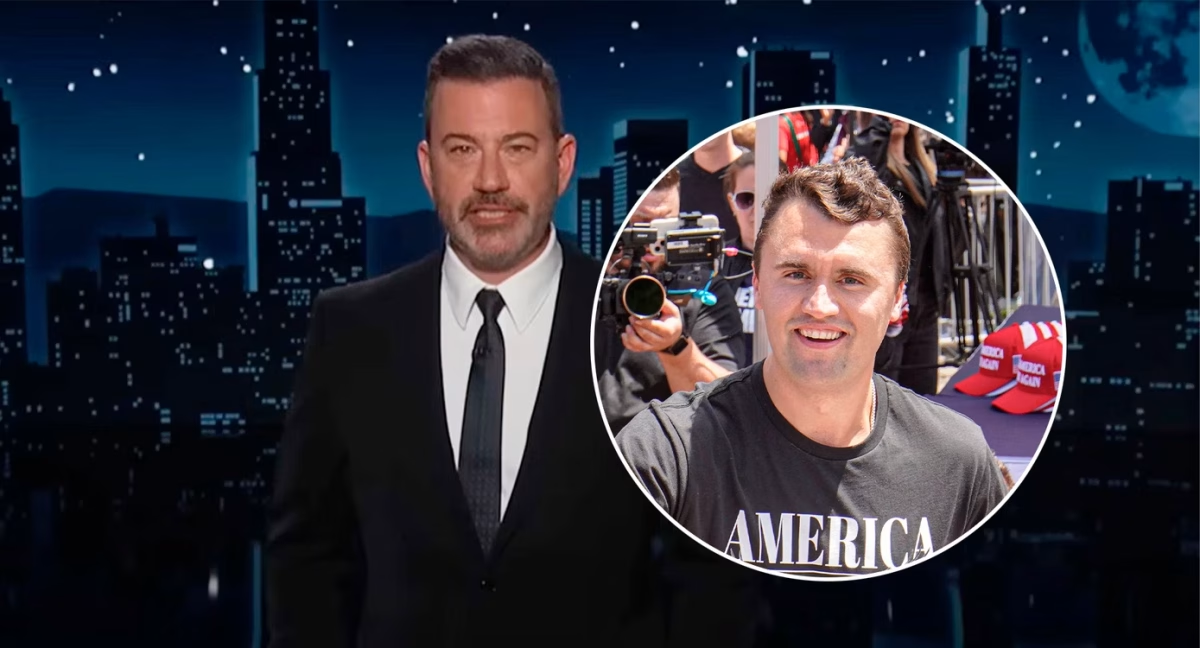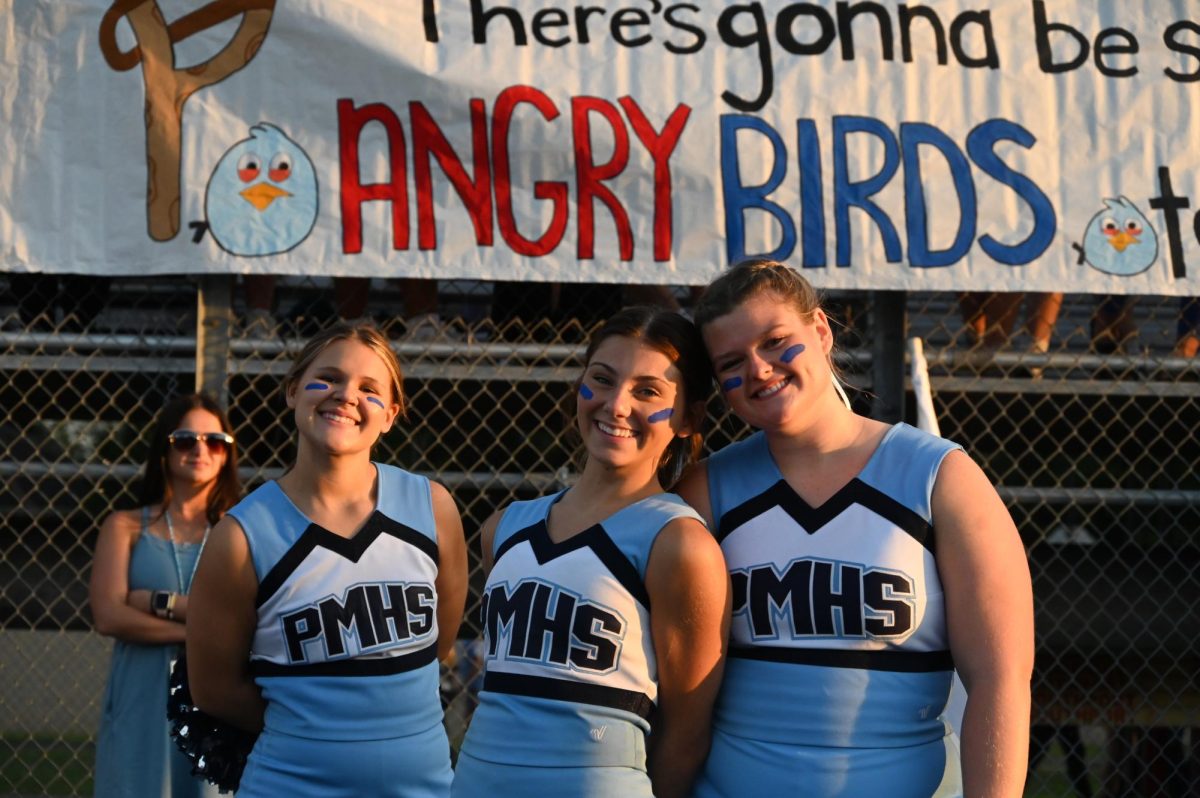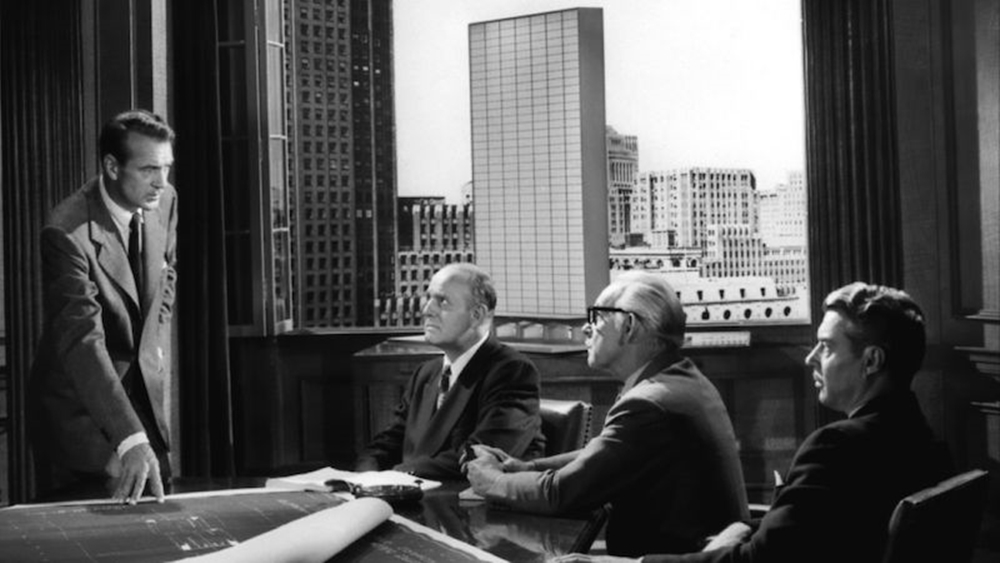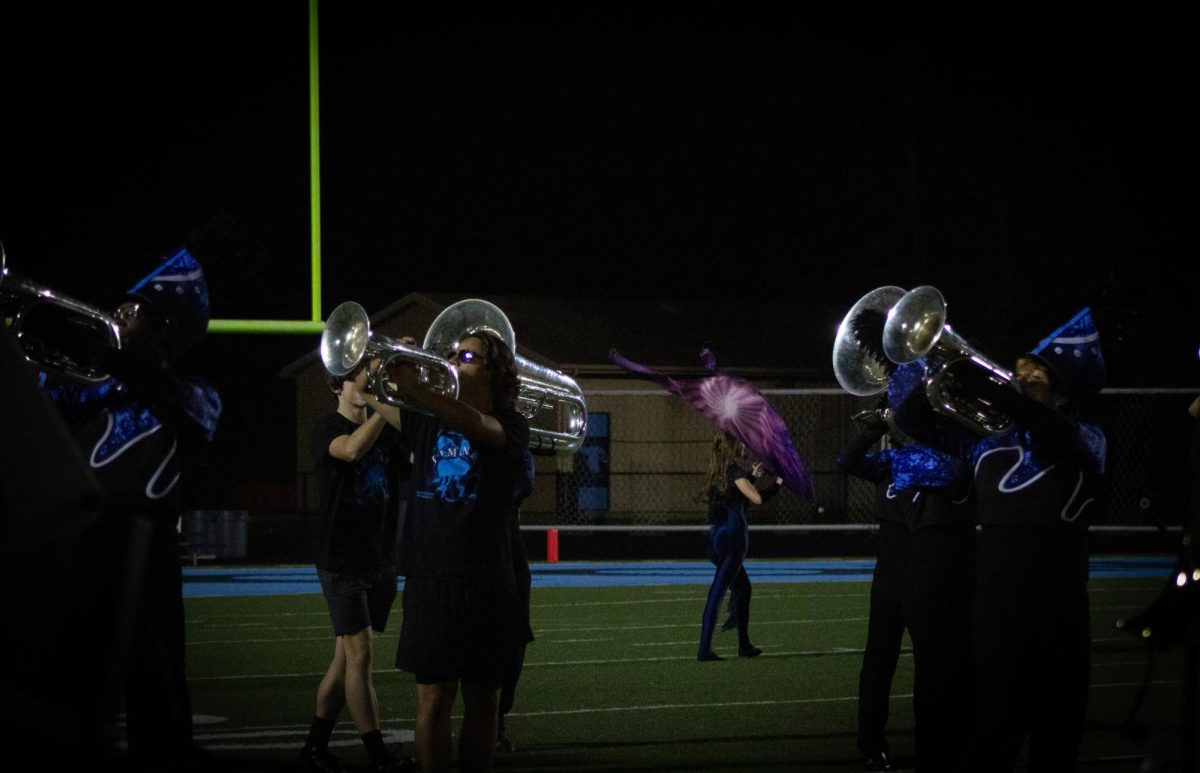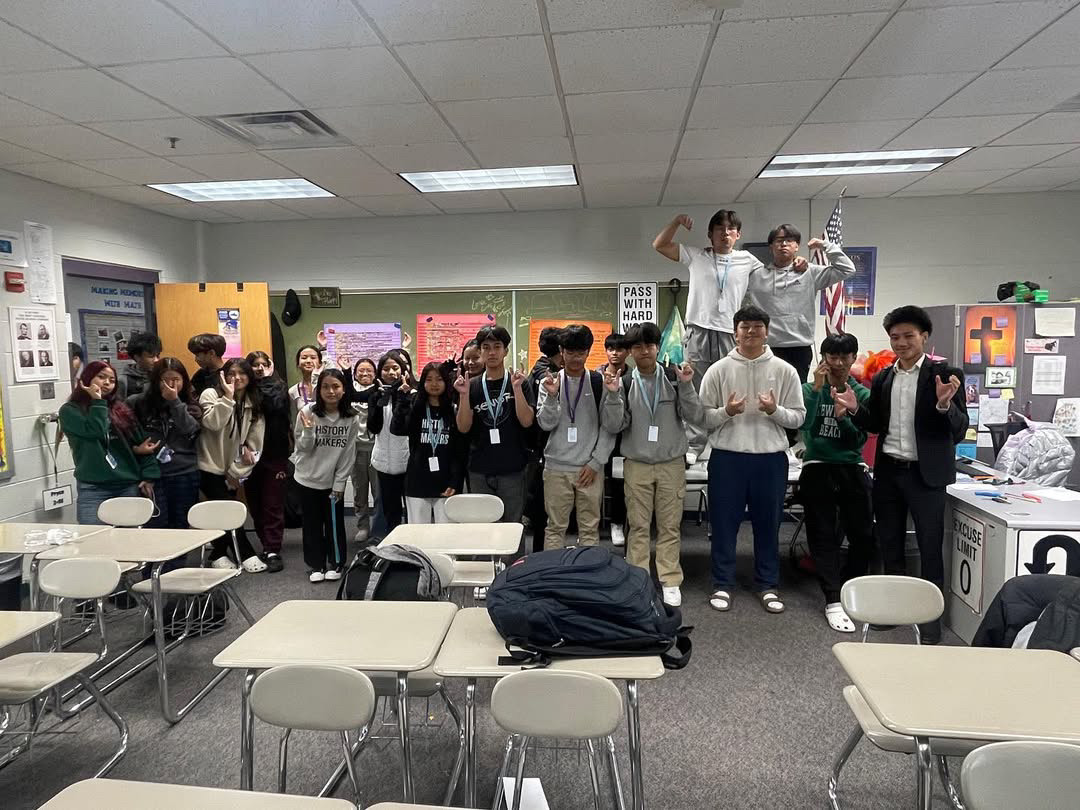In mid-afternoon on September 10th, 2025, social media feeds across the nation lit up with news that the famous conservative political commentator and debater, Charlie Kirk, had been shot and killed at an event he was hosting at Utah Valley University.
Within minutes of the shooting, a video capturing the horrific moment of death was posted to X (Twitter). In the following hours, the video was shared on Instagram, Threads and YouTube, amassing millions of views. With only a few simple clicks, Americans had access to the gruesome murder video of not only a political figure, but a father, a husband and a young man.
This display of violence so close to the fingertips of the masses is not something new in modern media. On X, the current trending hashtags about Gaza are full of videos and images of charred bodies of Palestinian children, people starving to the point that their faces look almost hollow and chunks of Palestinian citizens’ skin flaking off in streets filled with rubble. In response to these videos, it seems the most common course of action is to repost and share rather than donate to the families in need.
Additionally, oftentimes, there is news of a new school shooting, and with that comes images of the victims’ bodies spread across social media like wildfire. A six-year-old’s body morphed into a distorted blob of flesh by an AK-47— gained 300 more likes. Classroom floors covered in blood—500 more reposts. A mother without her children to hold—1000 more shares.
This raises the question: Where is the line between sharing to spread awareness and sharing for the selfish purpose of gaining attention? And how is the consumption of this type of media hurting society?
The media is a valuable tool, one that can be used to insight change. Often, when sharing this sensitive content, the aim is not to spread awareness but rather to accumulate likes. On Instagram alone, the hashtag #carwreck has over 242,000 posts, many of which show graphic scenes from the aftermath of these accidents. Comments from viewers tend to be limited to reactions like “Wow, that’s crazy.” We’ve entered an era where people’s suffering is publicly displayed for entertainment.
The desensitization of the violence that we are seeing in the media is extremely concerning to me. When people become desensitized to violence, they tend not to understand the full impact of what they are watching. When someone watches a man get beaten up on video, they do not fully internalize the fact that this is a real person. A human being with beliefs, passions, aspirations, desires, complex emotions and a family. This disconnect separates the viewer from the victim, resulting in an overall lack of empathy.
So why does this destructive content continue to be at the center of social media? Some argue that it is necessary to be shown in the name of free speech. That every person has the right to whatever knowledge they deem fit. Well, to that I say, “People and their privacy matter more.”
It is one thing when the victim voluntarily chooses to broadcast their struggle to bring awareness to the subject, but it is completely different when outside sources broadcast suffering for views. Nobody deserves to have their death broadcast for a reaction. People do not have the right to witness someone’s violent and gruesome death only to trivialize it with a casual tap on a screen.


